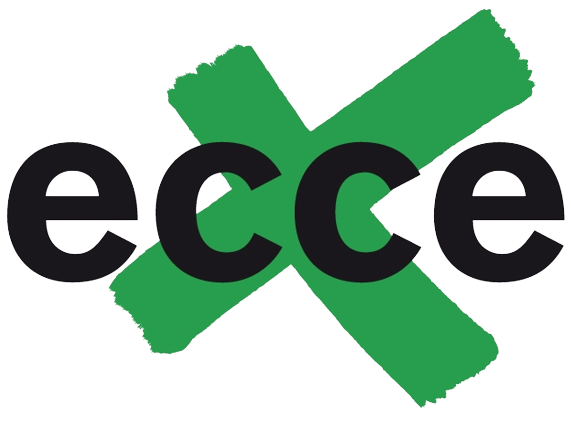What replaced the Clean Power Plan?
Rule Summary The Clean Power Plan established emission guidelines for states to follow in limiting carbon dioxide (CO2) emissions from existing power plants. EPA repealed the CPP in June 2019 and replaced it with the Affordable Clean Energy rule.
Table of Contents
Why was the Clean Power Plan repealed?
The U.S. Environmental Protection Agency (EPA) is finalizing three separate and distinct rulemakings. First, the EPA is repealing the Clean Power Plan (CPP) because the Agency has determined that the CPP exceeded the EPA’s statutory authority under the Clean Air Act (CAA).
Did the Clean Power Plan ever go into effect?
Although the plan did not go into effect, its emissions reduction goal were met eleven years early in 2019 due to energy efficiency, construction of wind and solar power, and energy market prices resulting in shifting of generation from coal to gas.
What is the affordable clean energy rule?
Proposed Affordable Clean Energy Rule In August 2018, EPA proposed the Affordable Clean Energy rule (ACE) to establish emission guidelines for states to develop plans to address greenhouse gas emissions from existing coal-fired electric utility generating units.
When did the Clean Power Plan end?
June 19, 2019
On June 19, 2019, the Trump administration signed a final rule doing away with the Clean Power Plan and putting in place a harmful and unlawful replacement.
Who proposed the Clean Power Plan?
U.S. EPA
Under the federal Clean Air Act, U.S. EPA proposed the Clean Power Plan (CPP) to limit carbon emissions from future and existing fossil-fueled power plants. CARB collaborated with the California Energy Commission and the California Public Utilities Commission to develop a response to U.S. EPA on its proposed CPP.
Who opposed Clean Power Plan?
Three Republican senators—Kelly Ayotte (N.H.), Susan Collins (Maine), and Mark Kirk (Ill.) —voted with the majority of Democrats against repealing the plan.
What is Trump’s affordable clean energy rule?
On August 21, 2018, the U.S. Environmental Protection Agency proposed the Affordable Clean Energy rule (ACE) which would establish emission guidelines for states to develop plans to address greenhouse gas emissions from existing coal-fired power plants.
What does the Clean Power Plan do?
The Clean Power Plan would reduce carbon emissions from power plant smokestacks — and by doing so it would also create new opportunities to continue development of the strong, vibrant clean energy economy that is creating prosperity.
Who created the Clean Power Plan?
In 2014, former President Barack Obama’s Environmental Protection Agency (EPA) proposed the Clean Power Plan to regulate carbon dioxide emissions from existing power plants for the first time. The rule utilized Section 111(d) of the Clean Air Act.
When was Clean Power Plan passed?
In 2015, President Obama unveiled the final Clean Power Plan, setting the first-ever national limits on carbon pollution from power plants — then the nation’s largest source of these emissions.
Who is behind affordable clean energy for all?
Seventy-one of the Affordable Clean Energy for All coalition’s roughly 120 members received contributions from the utilities in 2020: $438,625 from PG&E, $1,035,188 from SCE and $196,858 from SDGE, for a total of $1,670,671, as first reported on Tuesday by Inside Climate News.
Is the ACE rule in effect?
The ACE rule was vacated and remanded back to the EPA in January 2021.
What was the goal of the Clean Power Plan?
The Clean Power Plan will reduce carbon pollution from power plants, the nation’s largest source, while maintaining energy reliability and affordability.
Where is the best air quality in America?
Hawaii. Hawaii has an air quality index of 21.2, the cleanest average air in the U.S. This is well in the good air quality index range.
What does the Bible say about protecting the environment?
God has clearly placed humans in a position of responsibility over the creation. (1) Genesis 2:15 says “The Lord God took the man and put him in the Garden of Eden to work it and take care of it.”(2) We recognize that all created things belong to God (3) and that we are accountable to Him as stewards of the creation.
What are the problems associated with affordable and clean energy?
Other challenges include low quantity, quality, and reliability of the power supply, implementation of and compliance with regulations, as well as affordability of energy. Further, almost half of the population is lacking access to clean fuels and technologies for cooking.
